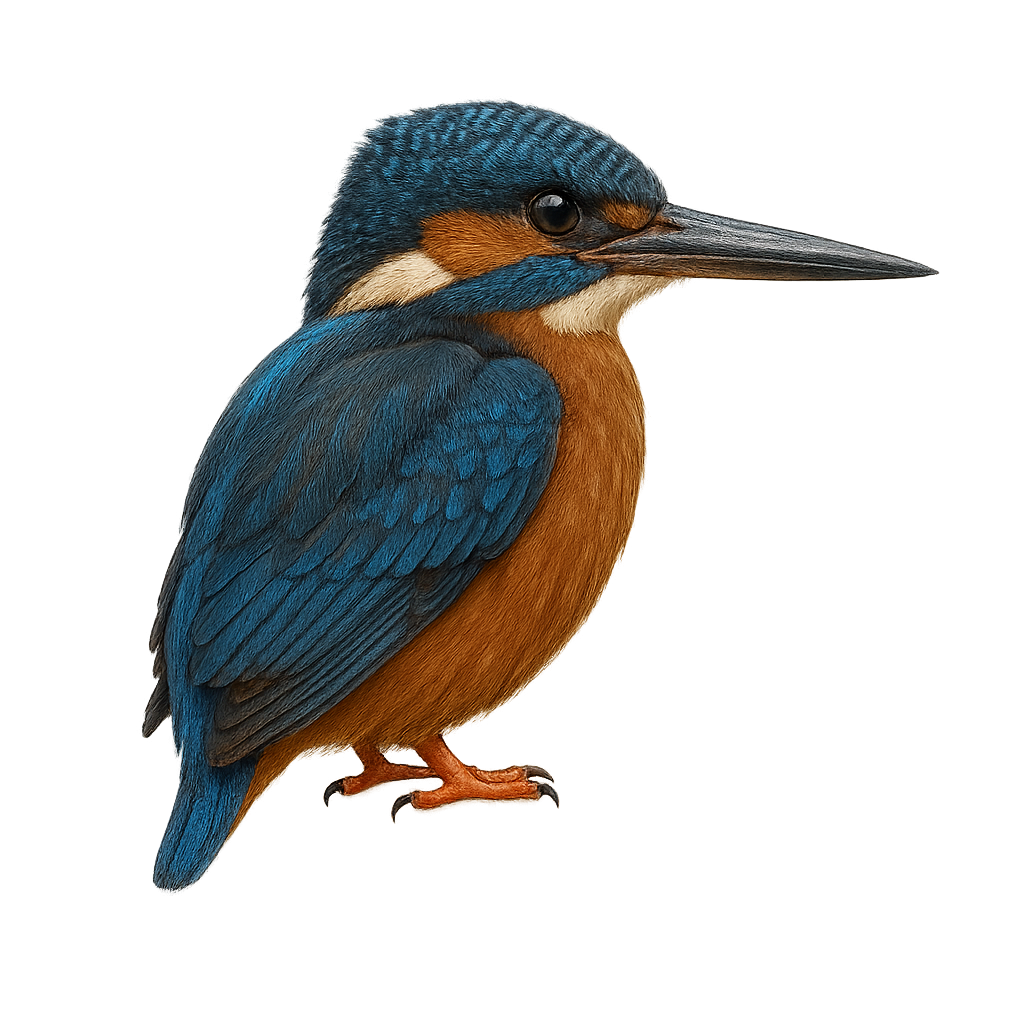Your wildlife photography guide.
Explore the blyth's kingfisher in detail, study its behavior, prepare your shots.
Where to observe and photograph the blyth's kingfisher in the wild
Learn where and when to spot the blyth's kingfisher in the wild, how to identify the species based on distinctive features, and what natural environments it inhabits. The WildlifePhotographer app offers tailored photography tips that reflect the blyth's kingfisher’s behavior, helping you capture better wildlife images. Explore the full species profile for key information including description, habitat, active periods, and approach techniques.
Blyth's Kingfisher
Scientific name: Alcedo hercules

IUCN Status: Near Threatened
Family: ALCEDINIDAE
Group: Birds
Sensitivity to human approach: Suspicious
Minimum approach distance: 10 m
Courtship display: April to May
Incubation: 21-23 jours
Hatchings: April to June
Habitat:
Dense forests, rivers, fast-flowing streams
Activity period :
Primarily active during the day, with peak activity in the morning and late afternoon.
Identification and description:
The Blyth's Kingfisher, or Alcedo hercules, is a remarkable bird primarily found in the mountainous regions of Southeast Asia. This kingfisher stands out due to its impressive size, reaching up to 25 cm in length, making it one of the largest in its genus. Its plumage is a striking blue on the back and wings, contrasting with an orange belly. It frequents fast-flowing streams and rivers bordered by dense forests, where it primarily hunts fish and aquatic insects. Its presence is often revealed by its sharp, piercing call. Although discreet, it is sometimes observed perched on a branch overlooking the water, patiently waiting for its prey.
Recommended lens:
400mm – adjust based on distance, desired framing (portrait or habitat), and approach conditions.
Photography tips:
To photograph the Blyth's Kingfisher, it is advisable to use a telephoto lens of at least 400mm to capture detailed images without disturbing the bird. Given its suspicious nature, it's best to stay about 10 meters away. Look for spots near streams where it might perch. Be patient and wait for it to settle on a branch. Morning or afternoon light is ideal to highlight the vivid colors of its plumage.
The WildlifePhotographer App is coming soon!
Be the first to explore the best nature spots, track rutting seasons, log your observations, and observe more wildlife.
Already 1 439 wildlife lovers subscribed worldwide

